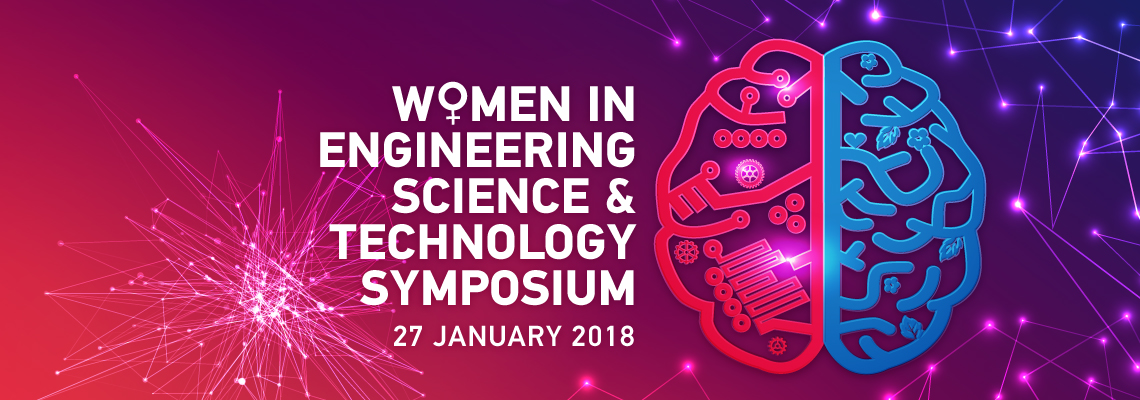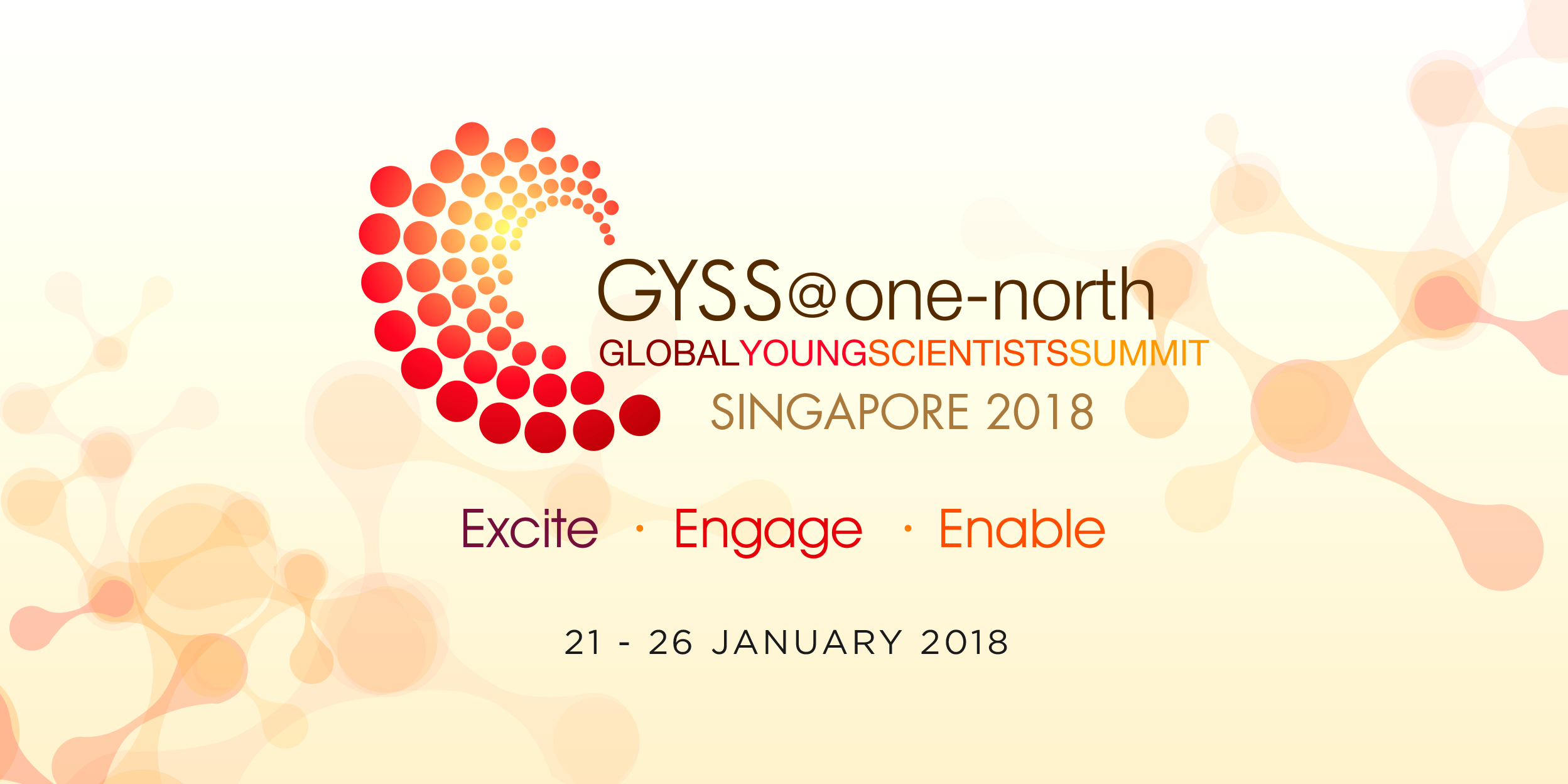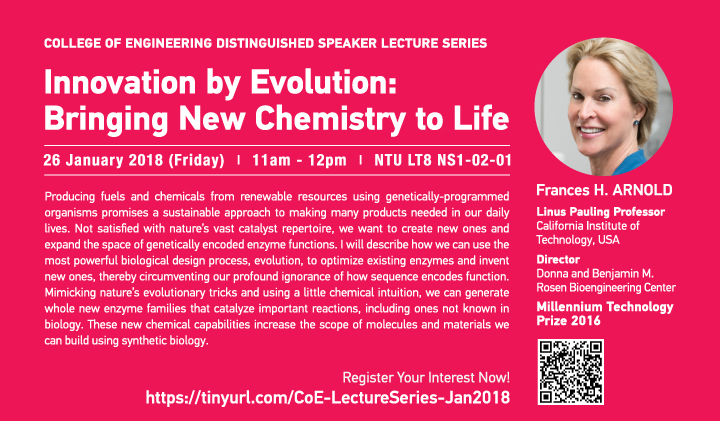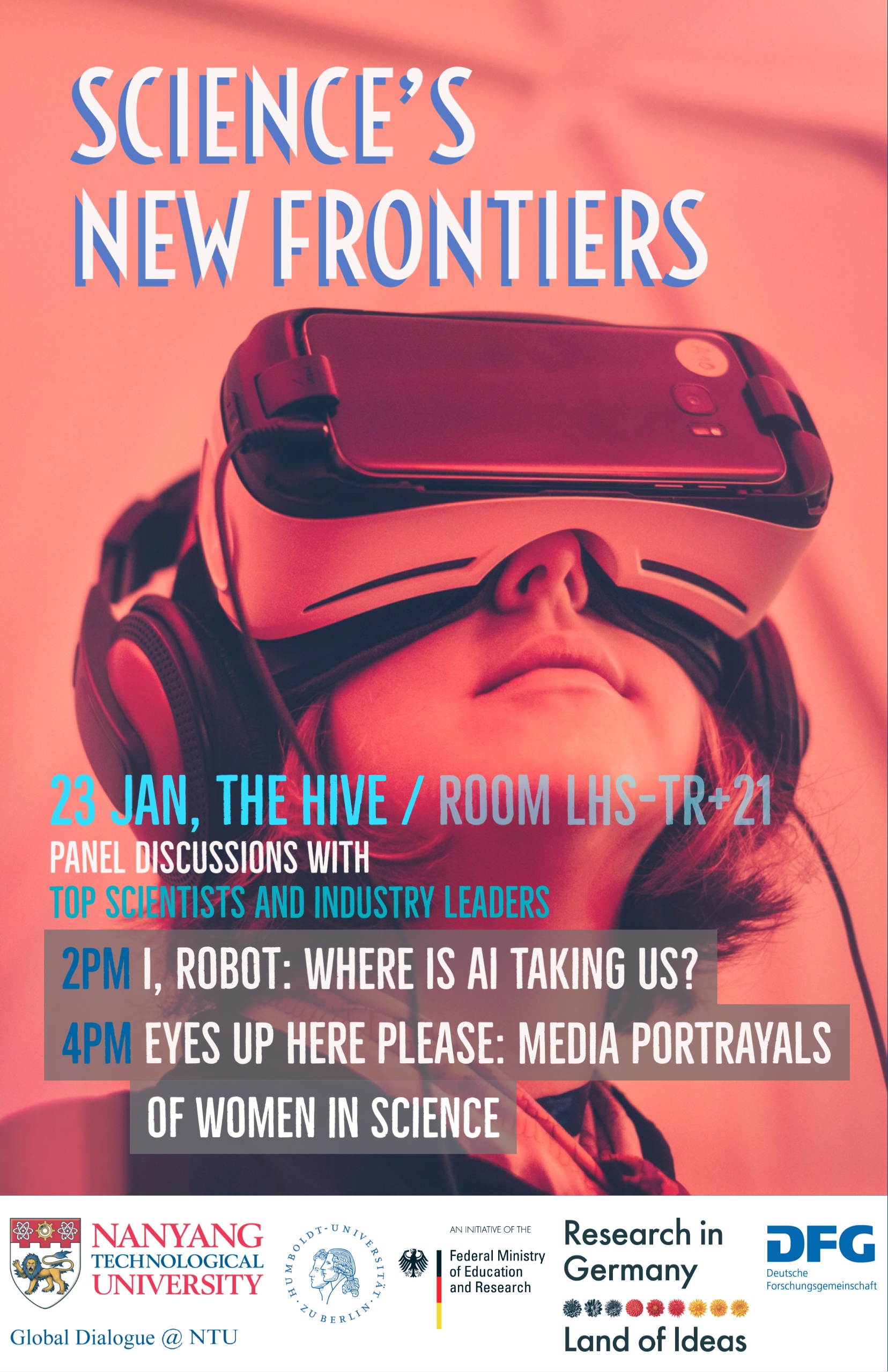Women in Engineering, Science & Technology Symposium
While women make up about half of the world’s population, they form less than a quarter of the world's workforce in engineering, science, and technology fields and the number is in decline*. The numbers in Singapore, European Union (~30%)*, and the United States (24%)* may be more hopeful, but the gaps are still wide. The wide gaps indicate potentials that are untapped or lost.
Women have been key contributors in the world of engineering, science, and technology for centuries: Hypatia of Alexandria (ca. 351-415) invented the hydrometer; Ada Lovelace (1815-1852) wrote notes on the Analytical Engine that was recognized as the first algorithm to be carried out by a machine; Marie Curie (1867-1934) discovered the elements polonium and radium, and established the field of radiation therapy for cancer; Henrietta Swan Leavitt (1868-1921) determined the absolute magnitude of stars, allowing astronomers to later plot their distance; Grace Hopper (1906-1992) invented the first compiler for computer programs and popularized the idea of machine-independent programming languages and the term “debugging”, and Hedy Lamarr (1914-2000) co-invented an early technique for spread spectrum communications—key to many wireless communications of our present day.
The women in this Symposium too - have been expanding the boundaries of pharmaceutics, membrane technology, health data management, nanotechnology, and biosensors. Showcasing their achievements is an important and opportune platform for encouraging and inspiring young women in our society to embark on careers and contribute to the world by not only engaging in but also persisting in the curiosity-driven world of engineering, science, and technology.
*Based on data from UNESCO Institute for Statistics, Woman in Global Science and Technology, Singapore Year Book of Statistics, European Center for Women and Technology, and the United States Department of Commerce.



